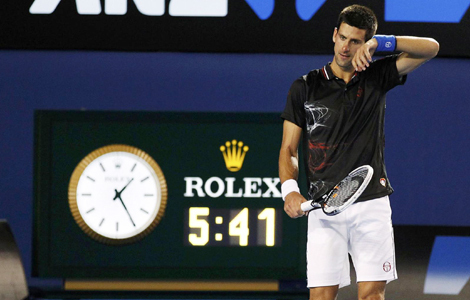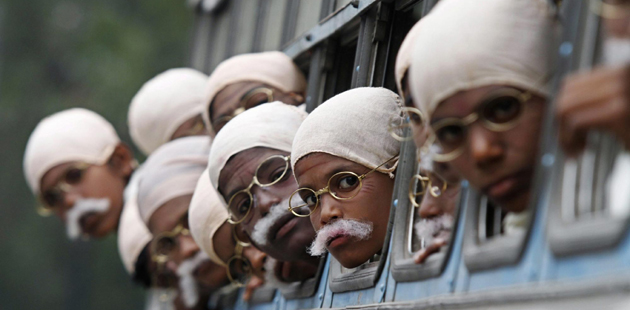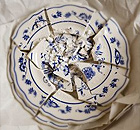Luxury shoppers ring alarm bells
Updated: 2012-02-03 11:04
By Chen Weihua (China Daily)
|
|||||||||||
Living in New York, I have the great pleasure of having Chinese friends come from afar to visit. Yet instead of seeing the real jewels of New York, such as St. Patrick's Cathedral, the Broadway musicals, the Metropolitan Museum of Art, Central Park, Brooklyn Bridge and jazz in the West Village, they are desperate to visit the Fifth Avenue and Woodbury Common outlets, about an hour's drive from Manhattan, where some 200 discount luxury goods stores are located. And it is not just the women it's also the men.
In fact, not all of these friends are wealthy. Yet many seem to have no hesitation when it comes to buying a luxury item that might cost one or two months' wages.
The whole thing reminds me of my year in Honolulu, Hawaii in the early 1990s. Pearl Harbor was the top destination for American visitors. But for Japanese tourists, it was the Ala Moana Shopping Center, where you saw young Japanese women shopping till they dropped.
Now Chinese shoppers have started to create a similar scene in not just New York, but also in other major US cities as well as the European cities of Paris, London and Milan. Such shopping sprees reach their peak during the Lunar New Year holiday. In fact, "Chinsumer" has already been coined to describe such lavish Chinese shoppers.
In the United States, Chinese and Brazilian tourists have become the top spenders. On average, a Chinese tourist spends $6,200, compared with the $4,000 average for foreign tourists to the US.
No wonder that US President Barack Obama signed an executive order on January 19, authorizing the Department of Homeland Security to expedite the visa processing for Chinese and Brazilians and increase the visa quota for Chinese and Brazilians by 40 percent. It was clearly meant to be an effective measure to create American jobs at a time when unemployment remains high.
According to estimates, some 1.15 million Chinese tourists visited the US in 2011. That number is expected to be more than 2 million by 2015, contributing $14 billion to the US economy.
The World Luxury Association has predicted that China is likely to replace Japan as the world's largest luxury market this year. In addition to the first-tier cities such as Shanghai and Beijing, second and third-tier cities have also seen the expansion of international luxury goods stores.
A recent study by Bain & Company shows that of the 25-30 percent growth in the sales of luxury goods on the Chinese mainland, more than 60 percent was by new customers. McKinsey & Company predicts that China will account for 20 percent of luxury sales worldwide by 2015.
While all this is good news for luxury goods companies, as well as countries popular with Chinese tourists, it is a solemn reminder of the widening income gap in China, where more than 100 million people still live in poverty. In terms of GDP per capita, the World Bank ranks China as the 90th country in the world, lower than many African nations.
To me, the blind worship of luxury goods, the irrational shoppers and the lack of interest in the real jewels of other cultures and countries sound multiple alarm bells for our society.
The author, based in New York, is deputy editor of China Daily US edition. Email: chenweihua@chinadaily.com.cn
Related Stories
Chinese grab luxury goods 2011-12-24 08:01
Chinese break Christmas shopping record 2012-01-28 10:41
For Chinese, shopping is saving face 2012-01-10 19:30
Chinese go abroad for bargains 2011-07-05 09:42
- CSRC to open securities to pension funds
- New iPhone sales begin on mainland with website
- Chinese bailout funding for Europe possible
- Non-manufacturing industries slow
- Travelers get urge to splurge
- New rules to restrict foreigners' ownership of homes
- Facebook IPO likely to boost China's SNS
- Slowdown but no hard landing in '12








